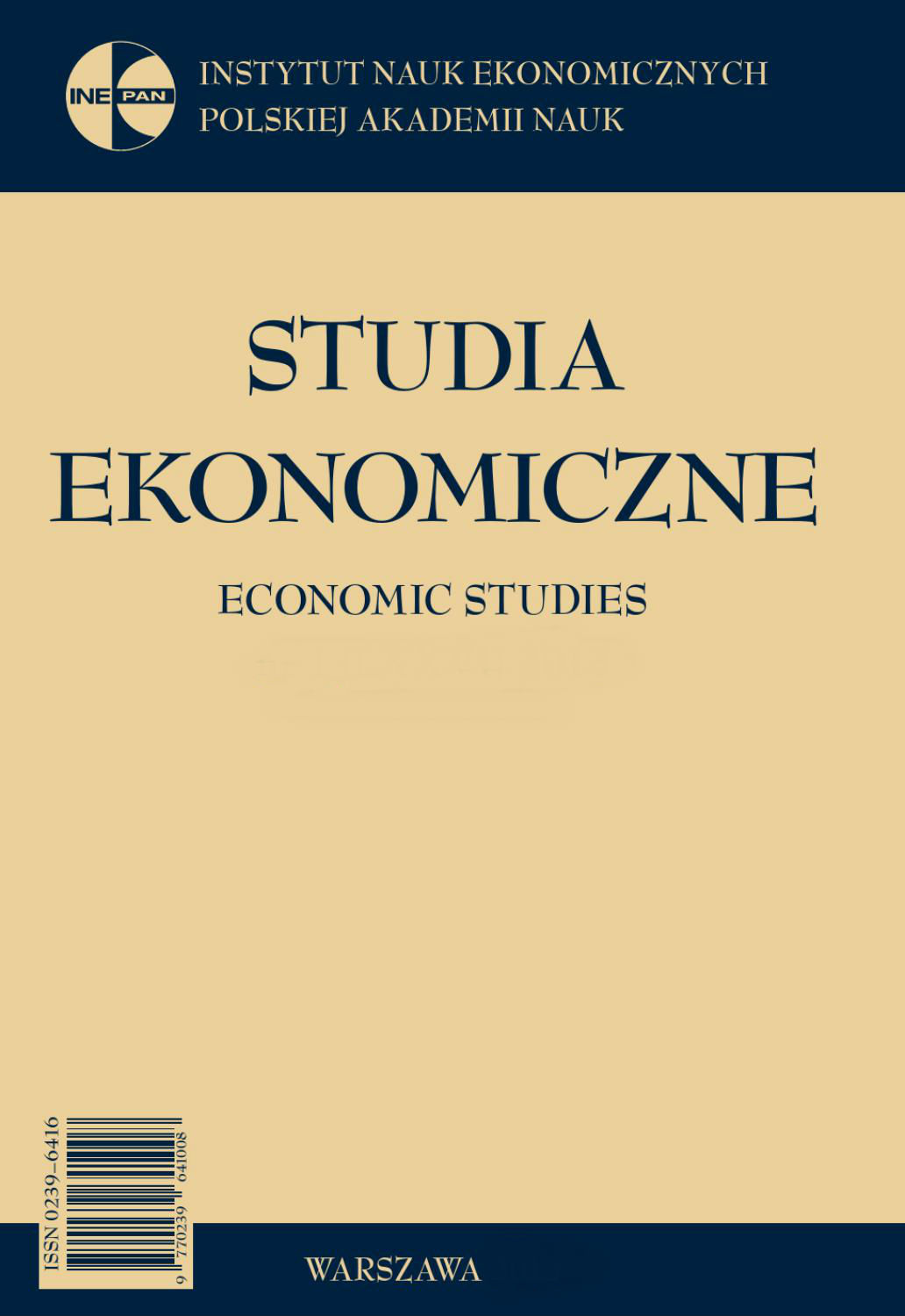Econometric Analysis of Unemployment Duration Using Hazard Models
Econometric Analysis of Unemployment Duration Using Hazard Models
Author(s): Joanna Małgorzata LandmesserSubject(s): Economy
Published by: Instytut Nauk Ekonomicznych Polskiej Akademii Nauk
Keywords: unemployment duration; economic activity of people; hazard models
Summary/Abstract: The aim of this paper is to analyze the duration of unemployment periods of people using the survival analysis. The hazard model can be a suitable tool for the analysis of unemployment period duration. Estimating the multiepisode risk model with time varying covariates we calculate the direct risk of leaving the unemploment in the next instant. Hazard models usually comprise not only present duration of the phenomeneon as a significant determinant for the probability of its occurence, but also other observable charachteristices of individuals such as gender, age , martial status, place of residence, education level, level of disability. Duration models with time-varying covariates are proper tools for the analysis of the influence of the unemplyment benefit received at risk of leaving unemployment. Addictionally, we asses the impact of vocational training on unemployment duration as well. The following hypoteses are put forward by us to be verified using hazrd models: old age gives smaller re-employment possibilities; women are less likly to be employed than man; higher education gives greater employment possibilities; ther is a greater tendency to leave the unemployment state if the registered person receives no umenployment benefit; there is a smaller probability of exiting unemployment for people entitled to social welfare. To estimete, we use data from the District Office in Słupsk in Poland from January 1990 to July 2007.
Journal: Studia Ekonomiczne
- Issue Year: 2009
- Issue No: 1-2
- Page Range: 79-92
- Page Count: 13
- Language: English

